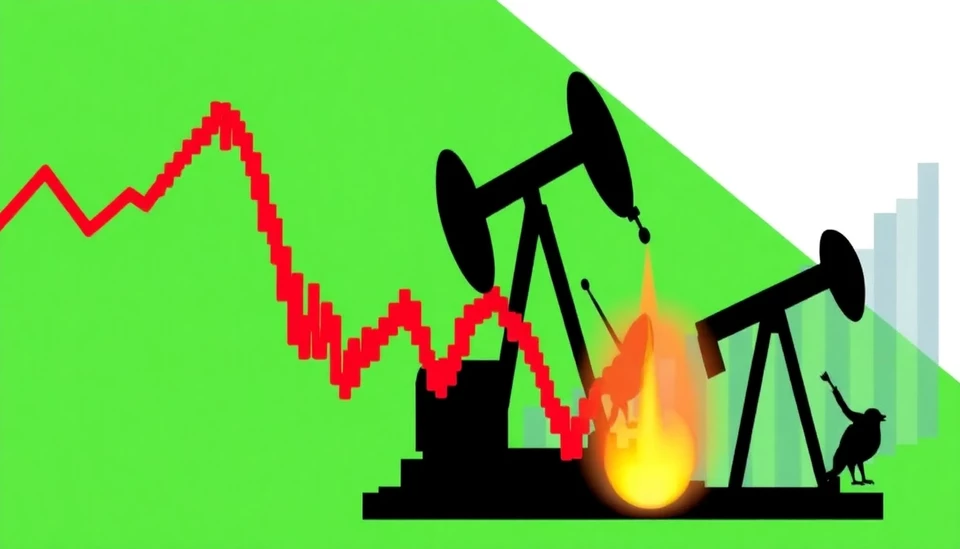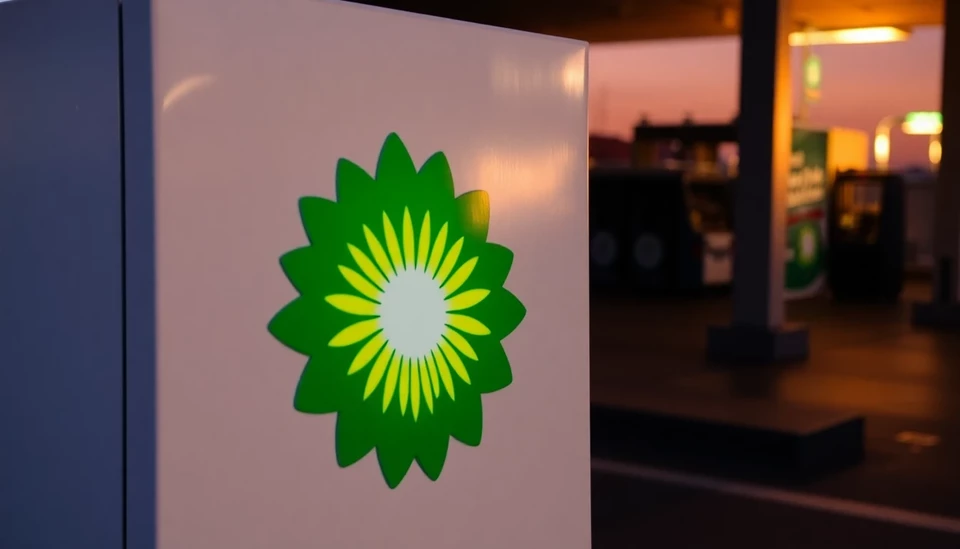
As we approach the end of April 2025, recent analyses of the oil market reveal significant shifts that are reshaping the industry's dynamics. Prices have been experiencing notable volatility due to various geopolitical events, OPEC+ production strategies, and emerging economic trends. This article delves into the drivers of the current oil market conditions and provides insights on what to expect in the coming weeks.
In recent trading sessions, West Texas Intermediate (WTI) crude oil prices have seen fluctuations, reflecting the ongoing uncertainty. The price of WTI has intermittently dipped below $70 a barrel, which is raising concerns among producers about potential revenue impacts. Analysts are closely monitoring these trends, particularly in light of recent global developments that could bolster or weaken demand.
Geopolitically, tensions in key oil-producing regions continue to create ripples within the market. For example, conflicts in the Middle East, as well as production disruptions in countries like Nigeria and Libya, have heightened concerns over supply stability. While some analysts foresee a potential spike in prices due to these disruptions, others argue that a global economic slowdown might dampen demand, providing a buffer against soaring costs.
In addition to geopolitical factors, OPEC+ decisions around production cuts remain a focal point for market participants. The cartel's recent meetings have yielded mixed signals to the market. Some member countries are advocating for increased production to reclaim market share, while others emphasize the need for sticking to existing cuts to maintain price stability. This tug-of-war is likely to influence price trajectories in the short term.
Beyond the immediate supply-side issues, economic indicators globally suggest a mixed outlook. In the United States, rising inflation rates and potential interest rate hikes could dampen economic growth, subsequently impacting fuel consumption. Conversely, recovering economies in Asia, particularly China, indicate a rebound in demand that could offset some of the bearish sentiment present in Western markets. Observers are carefully weighing these dual influences as they speculate on future price movements.
Investors are advised to stay vigilant as the oil market continues to respond to a complex interplay of domestic and international factors. The upcoming economic data releases and OPEC's meeting later this month could serve as pivotal moments for price direction in the weeks ahead. With speculation running high, market participants are poised for further developments that could impact their investment strategies.
In summary, as the oil market navigates through a landscape fraught with challenges and opportunities, stakeholders must remain agile and informed. The delicate balance between supply constraints and demand recovery will play a critical role in determining the future of oil prices as we move further into 2025.
Follow us for more updates and insights on the ever-evolving oil market landscape as we continue to monitor these developments.
#OilMarket #WTICrude #OPECPolicies #GeopoliticalTension #GlobalEconomy #EnergyPrices #MarketAnalysis #InvestorsInsights
Author: Victoria Adams




